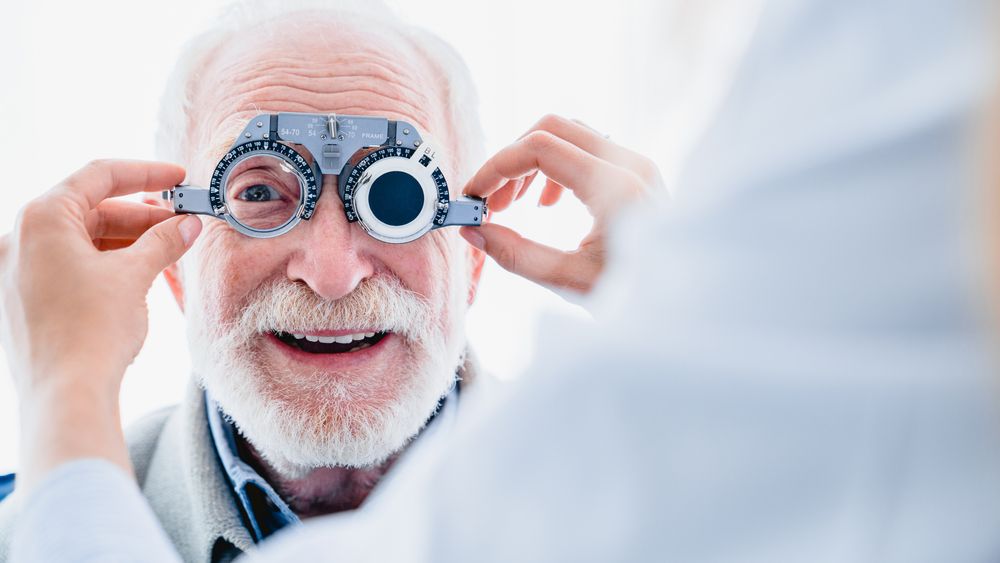
Services



Eye Care Services In Coralville, IA
We offer a wide variety of eye care services to the Coralville community. Contact us with any questions about our services.

Comprehensive Eye Care
If you’ve had a vision screening recently, you might say, “My vision is fine! I don’t need a comprehensive eye exam.”

Contact Lens & Fitting
If you’ve never worn contact lenses before, it can seem a bit intimidating. After all, you’re inserting something into your eye! Let’s ease your mind about the first step – your contact lens exam.

Dry Eye Diagnostics
Dry Eye can have a major impact on your quality of life. You may find your eyes get tired faster or you have difficulty reading.

Dry Eye Treatments
Dry Eye can have a major impact on your quality of life. You may find your eyes get tired faster or you have difficulty reading.

Eye Disease & Management
Both optometrists and ophthalmologists treat many common types of ocular disease. However, for the best outcome, it’s important to see an eye doctor regularly.

Pediatric Comprehensive Exams
Regular eye exams are important for children since their eyes can change significantly in as little as a year as the muscles and tissue develop.

Adolescent Dry Eye

Strabismus
Crossed eyes are not a condition that you can fix by yourself. This issue is seen in the eyes not properly lining up with each other.

Myopia Management
Myopia is a very common issue throughout the world. Approximately 1/3 of the population in the United States have the condition and over 90% of several East Asian countries suffer from myopia.

Concussions & Sports Vision
Sports vision is a growing niche in the eyecare industry, helping athletes improve their performance skills through the enhancement of visual skills.

Emergency Eye Care
Eye emergencies cover a range of incidents and conditions such as; trauma, cuts, scratches, foreign objects in the eye, burns, chemical exposure, photic retinopathy, and blunt injuries to the eye or eyelid.
- Monday 8:00am - 5:30pm
- Tuesday 8:30am - 7:00pm
- Wednesday 8:00am - 5:30pm
- Thursday 8:00am - 5:30pm
- Friday 8:00am - 1:00pm
- Saturday Closed
- Sunday Closed



